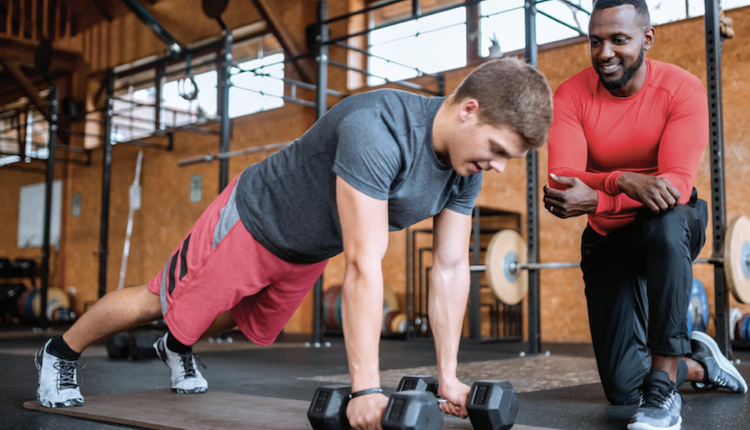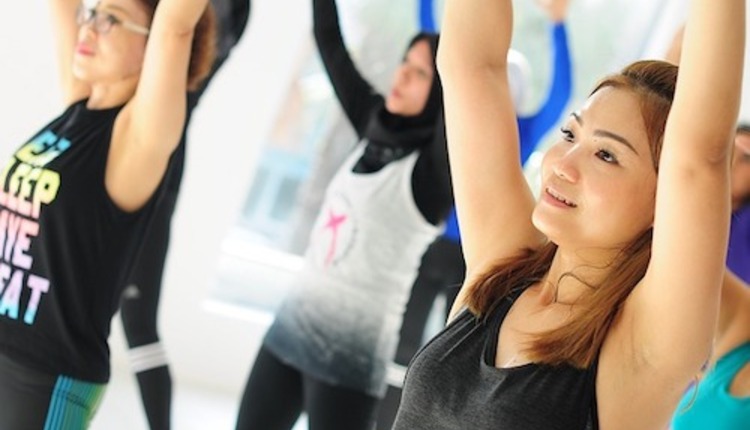Author Ian McLeod's book Swimming Anatomy (Human Kinetics, 2010) has created a buzz in the swimming world
as his book shows how exercise is fundamentally linked to swimming performance.
One aspect of the body McLeod focuses on is the legs; depicting
through anatomical illustrations and step-by-step instructions how
the back squat builds strong legs and are a critical component to reaching
true potential as a swimmer.
Exercise: Back Squat
- Rest the
barbell across your upper back and position your feet shoulder-width apart.
- Initiating
the movement with your hips, squat down until your thighs are parallel to the
ground.
- Return to
the starting position by straightening your legs.
Muscles Involved
Primary: Rectus femoris, vastus
medialis, vastus intermedius, vastus lateralis, gluteus maximus, gluteus medius
Secondary: Erector spinae, biceps femoris, semitendinosus,
semimembranosus, adductor magnus, adductor longus, adductor brevis, pectineus,
sartorius, gracilis, transversus abdominis, external oblique, internal oblique
Swimming Focus
Squats are a good
all-around exercise because they recruit all major muscles groups of the lower
extremity. Increasing the strength of the knee extensors transfers to improved
force generation and endurance when kicking, regardless of stroke.
Strengthening of the gluteal muscles, specifically the gluteus maximus, helps
to improve the force that is generated with the extension of the hip during the
breaststroke kick. Because of the similarities in the movements performed in
squats and starts, particularly flat starts, squats should be a mainstay
exercise for enhancing a swimmer's start.
Extra caution should be used because of the potential for injury to the
low back or knees. To protect the low back, beginners should start with just
the bar until they are fully comfortable with the exercise. Emphasizing
tightening of the core musculature, as described in the introduction to chapter
5, will also help protect the low back. The most common causes for injury to
the knee are shifting of the knees forward past the toes or allowing the knees
to collapse inward when squatting down.
Excerpted from Swimming Anatomy (Human Kinetics, 2010), for more
information on Swimming Anatomy or other books from the anatomy series, visit www.HumanKinetics.com or call 800.747.4457.











